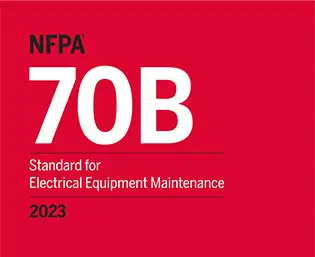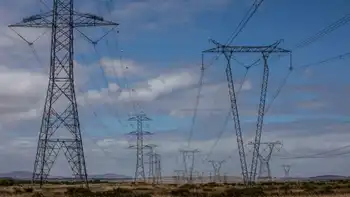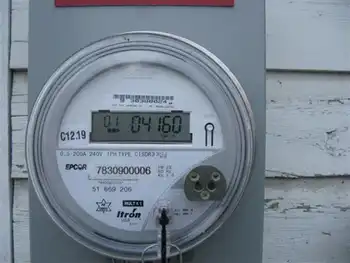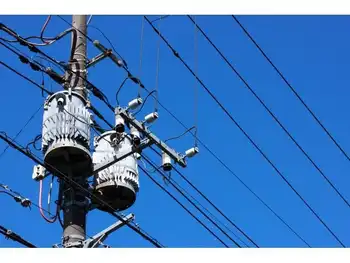Utilities prepare for major projects: Landholders told of infrastructure plans
By Knight Ridder Tribune
NFPA 70b Training - Electrical Maintenance
Our customized live online or in‑person group training can be delivered to your staff at your location.

- Live Online
- 12 hours Instructor-led
- Group Training Available
Eleven power utilities are mailing notices telling 73,000 landholders across Minnesota that their land might be needed for three high-voltage transmission lines that would be the state's first major additions to its electricity-transmission infrastructure in a quarter-century. The utilities, which include Xcel Energy in Minneapolis, Great River Energy in Elk River and Otter Tail Power Co. in Fergus Falls among others, are proposing three 345-kilowatt projects that together would cost between $1.3 billion and $1.6 billion and ould be completed by 2020. The projects will need only a small fraction of the property held by the 73,000 landowners, but the utilities want to notify as many people as possible that might be affected by the projects.
The utilities' group, called CapX 2020, says it already has informally contacted many landholders, and last week it mailed out notices to 500 cities and towns. By providing information early, the utilities hope to stave off battles like those of the late 1970s, when the state's last major power-line project prompted demonstrations, arrests and vandalism.
"We're hopeful that by approaching it with a very inclusive process and open outreach, we will have good communications with as many people as possible," said Laura McCarten, co-executive director of CapX 2020 and an Xcel manager for regional transmisson development.
The group will formally request approval for the three projects before the Minnesota Public Utilities Commission about mid-August. A fourth $60 million project planned around Bemidji will be submitted separately. The utilities believe they have a strong argument for building three transmission projects at once.
Planning studies by the group show that customer demand for electricity will increase by 4,000 to 6,000 megawatts in 13 years, outstripping the systems' present peak capacity of 20,000 megawatts. The utilities are anticipating capacity problems in and around the Red River Valley, Alexandria, St. Cloud and Rochester.
The three projects include:
- A 230-mile line between Brookings, S.D., and southeast of the Twin Cities near Hampton in Dakota County. That line could bring in more wind-generated power from the southern part of the state, said Beth Soholt, director of the energy non-profit Wind on the Wires, which promotes more wind-power projects.
- A 250-mile line between Fargo, N.D., and St. Cloud and Monticello.
- A 150-mile line southeast of the Twin Cities by Hampton and Rochester, continuing to La Crosse, Wisconsin.











